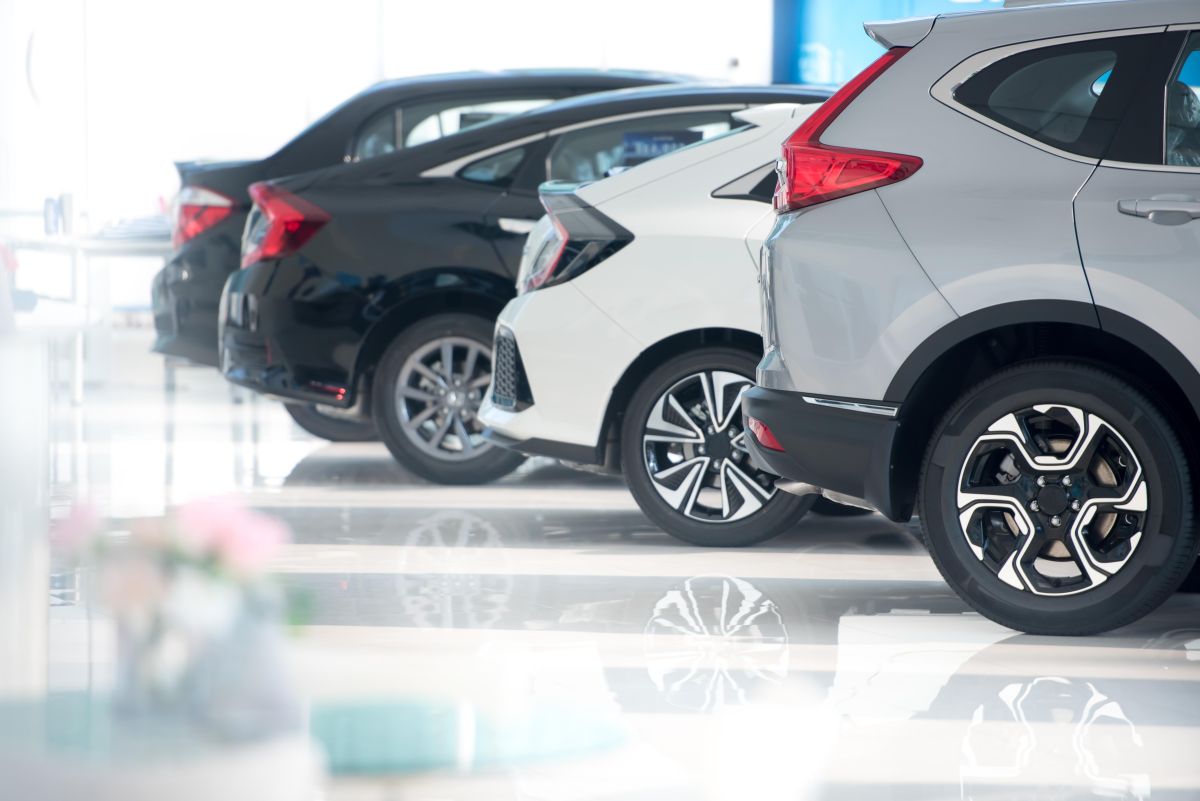Total new-vehicle sales in the U.S. are projected to reach 1,519,900 units in April, marking a 10.5% increase over the same month last year, according to a joint forecast from J.D. Power and GlobalData. The seasonally adjusted annualized rate (SAAR) for total new-vehicle sales is expected to hit 17.9 million units, up 1.9 million units from a year ago.
A primary driver behind the surge was consumer anticipation of future price increases due to tariffs.
"Beginning at the end of March, and continuing through April, consumers have been accelerating their vehicle purchases under the expectation that prices will rise soon,” said Thomas King, president of the data and analytics division at J.D. Power.
Retail sales are forecasted to reach 1,284,800 units, a 14.7% increase compared to April 2024. Adjusting for the additional selling day in April 2025, the year-over-year volume growth without adjustment stands at 19.3%.
However, King noted the rush to showrooms slowed later in the month. "In the first week of April, the sales pace was 28% above normal levels, but by the third week, sales were just 6% above normal," he said.
Higher transaction prices accompanied the increased sales. The average new-vehicle retail transaction price in April is projected to reach $45,764, up $887 from a year ago. Total consumer spending on new vehicles is anticipated to reach nearly $55.8 billion, a record for the month of April and the third-highest monthly total on record overall.
Despite stronger sales, fleet sales are expected to decline 7.8% year-over-year, representing 15.5% of total light-vehicle sales. Manufacturers have continued prioritizing retail customers over fleet buyers.
Higher vehicle prices have also pushed monthly loan payments to new highs. The average monthly finance payment for April is on track to reach $742, up $19 from April 2024, while the average interest rate for new-vehicle loans is expected to be 6.80%.
Retail inventory levels have grown substantially, with 2.15 million units available, a 21.4% increase compared to April 2024. Inventory days of supply have also risen to 63 days, up from 56 days a year ago.
Vehicle preferences continue to shift as internal combustion engine (ICE) vehicles' share of retail sales drops to 76.1%, a decrease of 3.8 percentage points from a year ago. Hybrid electric vehicles (HEVs) are expected to capture 12.6% of retail sales, plug-in hybrid vehicles (PHEVs) 2.3%, and electric vehicles (EVs) 8.7%.
EV adoption is steadily rising. Elizabeth Krear, vice president of the electric vehicle practice at J.D. Power, said “EV market coverage has grown 50% since a year ago and EV inventory is at a healthy 6.5% of the industry."
Globally, light-vehicle sales rose 7.6% year-over-year in March, according to David Oakley, manager of Americas vehicle sales forecasts at GlobalData. He added that “April sales are expected to increase just under 5% from April 2024,” though uncertainties surrounding tariffs could dampen momentum later in the year.
King cautioned that sustaining the current strong sales pace may prove difficult. "The large number of buyers who purchased in late March and April instead of later in the year will create a further sales headwind in the coming months," he said, emphasizing that the future impact depends heavily on the evolving tariff landscape.













